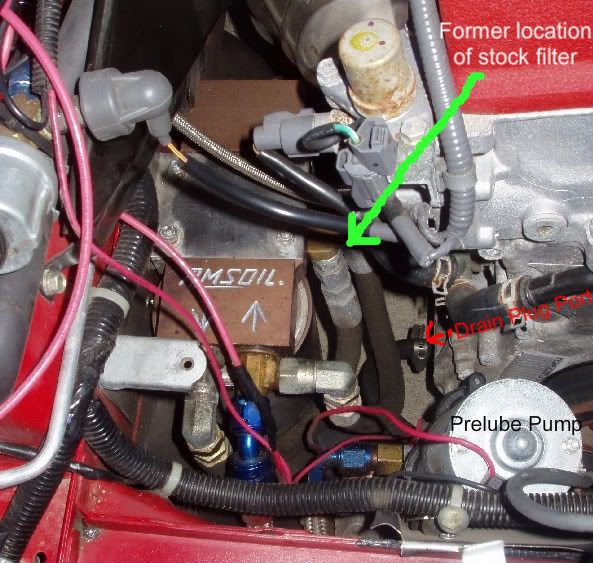Hi Guys,
I seem to recall reading a post (asked/answered) about how to plumb a preluber with a bypass oil filter setup (not talking about the combined Amsoil setup, but components installed separately). I searched for it quite a bit last night and cannot seem to locate the post, however.
I've got a Pareto Point bypass filter which plumbs in a sandwich at the oil filter location, and I'm wondering what's the best way to plumb in a preluber such as the one at engineprelube dot com. Any advice would be greatly appreciated.
And for those who are going to ask "why do you need a bypass filter / preluber", to paraphrase someone else on BITOG: I don't believe I ever indicated that I needed them.

I seem to recall reading a post (asked/answered) about how to plumb a preluber with a bypass oil filter setup (not talking about the combined Amsoil setup, but components installed separately). I searched for it quite a bit last night and cannot seem to locate the post, however.
I've got a Pareto Point bypass filter which plumbs in a sandwich at the oil filter location, and I'm wondering what's the best way to plumb in a preluber such as the one at engineprelube dot com. Any advice would be greatly appreciated.
And for those who are going to ask "why do you need a bypass filter / preluber", to paraphrase someone else on BITOG: I don't believe I ever indicated that I needed them.


